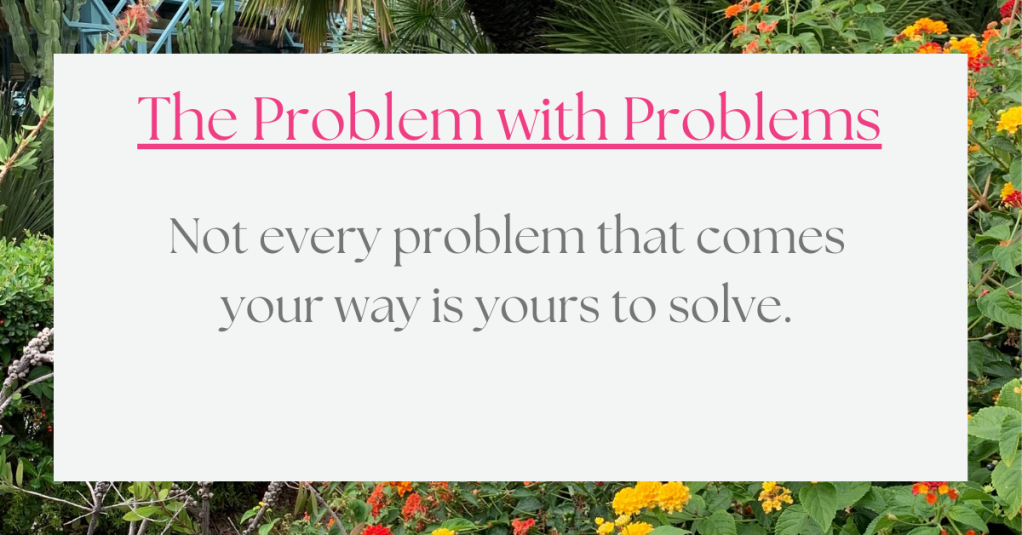I’m married to a problem solver. My husband prides himself on finding solutions—it’s one of his superpowers. Whether it’s a complex work/strategy issue or a tricky household or car problem, he’s the guy who sees the way forward, including all the potential land mines. And truly, I admire that about him.
I like to think of myself as a problem solver too, albeit in a different style.
Persistence Pays Off
Here’s one fundamental difference between us: the way we persist.
When faced with a problem, my husband dives deep. He’ll dissect every component, pose question after question, and run through countless scenarios until he finds a solution.
Me? I share his tenacity, but only up to a point. Sometimes, I need to step back, take a breather, and let the solutions come to me. Often, they do—seemingly out of nowhere.
Fortunately, these approaches to problems are complementary. It’s always good to have a partner when it comes to problem solving – it can be a spouse, sibling friend or co-worker. If it’s important, don’t go it alone.
What the Experts Say
Jim Lukaszewski, America’s Crisis Guru, once said that when faced with a crisis, you have three options: do nothing, do something, or do something more. His advice, while aimed at business crises, applies broadly to personal challenges as well. Life coach Marie Forleo, author of Everything is Figureoutable, also champions this mindset. She excels in helping people explore their options and choose actionable paths forward.
Owning the Problem
But here’s a key lesson I’ve learned: Not every problem that comes your way is yours to solve. It’s crucial to understand your role and to ask, “Whose problem is this, really?”
There’s a fine line between being empathetic and taking on someone else’s emotional baggage. When you cross that line, their problem becomes your problem—and that’s a problem you shouldn’t have.
This doesn’t mean you shouldn’t help others—far from it. Supporting those we care about is part of what makes relationships meaningful.
However, it’s equally important to recognize when to offer help and when to step back, especially if help isn’t asked for. Doing so can prevent a lot of unnecessary stress and ensure that you’re helping in a way that’s actually helpful.
Remember, not every problem requires your intervention. Sometimes, the best way to care for others—and for yourself—is to let them navigate their own challenges. It’s not about disengagement but about healthy boundaries. After all, we can be more present and supportive when we’re not overwhelmed by problems that aren’t ours to solve.
So, next time you find yourself knee-deep in someone else’s issues, take a moment to ask: “Whose problem is it?” The answer might just set you free.
Two Links Du Jour
Everything Is Figureoutable by Marie Forleo
When in Doubt: Do Something – Jim Lukaszewski, America’s Crisis Guru™





Leave a comment